Is backpacking alone dangerous? Backpacking is a fun way to enjoy the outdoors. Whether you’re into hiking or camping alone or with a friend, it’s important to be prepared for anything.
Contents
This means having the right gear and knowing how to use it properly. It also means knowing where you are going so that you can avoid dangers like storms or dangerous wildlife. But what about backpacking alone? Is it safe?
Have you considered backpacking alone? If so, you will have a lot of questions. How risky is it, and what are the dangers? Which countries are safe?
Is it legal to travel alone in Asia? This article answers all those questions and more to let you know if backpacking alone is right for you!
Is backpacking alone dangerous?
The question of whether or not backpacking alone is dangerous is a difficult one to answer. It really depends on the person and their level of preparedness. In general, I think backpacking alone can be dangerous if you are not prepared or if you do not have the right mindset.
Backpacking alone should not be done by someone who is not prepared or who does not have the right mindset. The problem with being unprepared and having the wrong mindset is that you will be more likely to get hurt or lost.
If you are prepared and have a positive attitude, there is no reason why backpacking alone should be dangerous for you.
The first thing that people need to know about backpacking alone is that it does not mean going out into the wilderness without any help whatsoever.
You still need to take precautions even when you are traveling solo because there are dangers out there in nature that can cause harm, even if it seems like everything is going well for a while.
For example, bears are common in many areas of North America, and they can attack humans if they feel threatened enough by them (or just because they want food).
Bears aren’t the only wild animals in the wilderness, though; there are also mountain lions and other predators that could pose a threat if they feel threatened by a human being.
The other thing that people should know about backpacking alone is that you need to be prepared for emergencies and anything else that might come up during your trip.
Staying safe while exploring nature is important, but it’s also important to prepare for any situation that might occur so that you can handle the problem at hand and not get badly hurt or killed because of something unexpected happening near you.
When traveling solo, it’s important to have an emergency plan in place so that you know what to do if something unexpected happens. If something does happen, then having an escape plan means getting out of there as quickly as possible before the situation gets worse.
Read more articles: Seattle to Yellowstone Road Trip
Key focus points
- Is it safe to go hiking alone as a woman?
- Why going backpacking with two people is safe
- Gear you will need for safe backpacking
- Safe ways to backpack alone
Is it safe to go hiking alone as a woman?
If you are a woman, or even if you’re not, there may be some concern about going backpacking alone. Here are some tips to keep in mind when choosing a route and staying safe in the wilderness:
Always check the weather before leaving on your trip. The best way to do this is by checking with a local ranger station or other outdoor organization that has access to maps and up-to-date information about trail conditions. Be sure to bring extra water if rain is in the forecast!
Always stay on marked trails when hiking alone so that it’s easier for someone else who might need assistance to find your location quickly.
Some people suggest keeping flashlights on hand just in case they get lost while hiking at night.
However, if they’re using them as safety measures, then having these items handy could make things worse if someone tries attacking them while they’re walking around trying out different areas at night (elevating tension levels).
Check out Trailspace’s article, “How To Survive Being Lost In The Wilderness,” for some good advice on what steps to take if you find yourself lost outdoors during the night.
There are many different scenarios in which you could find yourself lost in the wilderness, but one thing is for sure: it’s not fun.
If you’re ever stuck out there without a map or compass and don’t know any local landmarks, then this article will help guide you through finding your way back home safely.
Read more articles: Snakes in Spain
Why going backpacking with two people is safe
You might be wondering why backpacking alone is such a dangerous thing. After all, you may have heard stories about hikers being killed by bears or mauled by mountain lions on the trail.
Other dangers include dehydration, falling into a canyon, and getting lost in the forest for days without food or water.
However, there are numerous advantages to traveling alone, such as not having to deal with anyone else’s stinky feet or bad breath.
You don’t have to share your belongings with anyone else, and if something goes wrong during your trip—say, someone gets hurt—there’s no one around who can help them.
There are also some disadvantages associated with traveling alone: It can be more difficult to find company when traveling solo because most people prefer traveling together rather than solo.
You won’t always have someone there for moral support when things aren’t going well (e.g., if an injury occurs); it may take longer than expected since there’s only one person doing everything instead of two people doing half of what needs done; etcetera.
One of the biggest benefits of traveling solo is that it allows you to have more freedom and flexibility than if you were traveling with friends or family.
You can do whatever you want when you want without regard for anyone else’s schedule.
You also don’t have to worry about anyone getting left behind or feeling like they’re not “getting their money’s worth” out of the trip because they’re required to pay for themselves.
Read more articles: Snakes of Spain
Gear you will need for safe backpacking
The number of gadgets you’ll need depends on the length and type of trip you’re taking.
For example, if your backpacking adventure is going to be over a weekend and you don’t want to carry too much extra weight, a basic first aid kit should suffice for minor cuts and scrapes.
On the other hand, if it’s a multi-day trek through the wilderness with no access to medical facilities or clean water along the way, then having some additional gear like bandages is a good idea.
Antiseptic wipes or spray alcohol wipes (these are good for cleaning wounds), pain medication (ibuprofen or acetaminophen), antihistamines such as Benadryl that help relieve allergic reactions in case someone gets stung by mosquitoes or bitten by ticks, etc.
Disinfectant solutions such as iodine solution, household bleach diluted with water, etc.
Mosquito repellent creams, sprays, or compact mirrors attached to your backpack for quick reflections without having to take items out of your bag every time something happens.
Flashlights are always useful when walking around at night because most trails aren’t well lit up, so having one will keep everything illuminated enough so that if an emergency situation arises where someone has fallen into deep waters, they can be found.
During those hours where nobody can see anything clearly because it’s pitch black outside due to nighttime hours when camping outdoors away from civilization,
If you’re going to be camping or hiking in an area that’s known for wild animals such as bears roaming around or even mountain lions, then it’s important to have some items on hand like bear spray or pepper spray.
These are usually sold at outdoor stores and come in different sizes depending on how much protection you need. They are a sturdy knife with a sheath attached so that it doesn’t get lost easily if dropped by accident.
Read more articles: Backpacking with Eggs
Safe ways to backpack alone
To ensure your safety, here are a few tips:
1. Visit a place you know well. If you’re going to be traveling alone and staying in unfamiliar places, make sure it’s somewhere you feel comfortable and have been before.
2. Have the right gear for your trip. Having the right equipment will help you stay safe from the elements and emergency situations; not having it can put your life at risk in various ways.
3. Plan for emergencies. Think about what could happen on your journey or trip, such as getting lost in the woods or injured by wildlife, and then try to come up with solutions ahead of time—don’t wait until an emergency happens!
Also remember that bad weather conditions could make things harder than normal (or impossible), so always keep this possibility in mind when planning anything outdoorsy!
4. Don’t forget your cell phone. If you’re going somewhere remote, make sure that you have a way to call for help in case of an emergency or if something happens on the road (such as getting lost).
5. You should also tell someone where you are going and when you expect to return—just in case! If you follow these tips, you’ll be on your way to having a safe and enjoyable adventure!
6. Don’t forget your gear! Having the right equipment can help you stay safe from the elements and emergency situations. Plan for emergencies.
7. Think about what could happen on your journey or trip, such as getting lost in the woods or injured by wildlife, and then try to come up with solutions ahead of time—don’t wait until an emergency happens!
8. Also remember that bad weather conditions could make things harder than normal (or impossible), so always keep this possibility in mind when planning anything outdoorsy!
Final verdict
Overall, backpacking can be safe and fun if you do it the right way. First of all, planning is key. Make sure you have enough food and water for yourself, as well as extra supplies in case anything goes wrong on your journey.
Second, always bring a first aid kit with bandages for cuts and burns, as well as anti-venom for any poisonous bites or stings encountered during your trip.
Thirdly, take along some kind of communication device so that help can reach you quickly if needed!
Finally, remember that no matter what precautions are taken, there will always be risks involved when traveling alone, so just make sure to keep an open mind about other people who might join up with us along the way (as long as they aren’t too weird).
Read more articles: Rainbow Beach in Australia

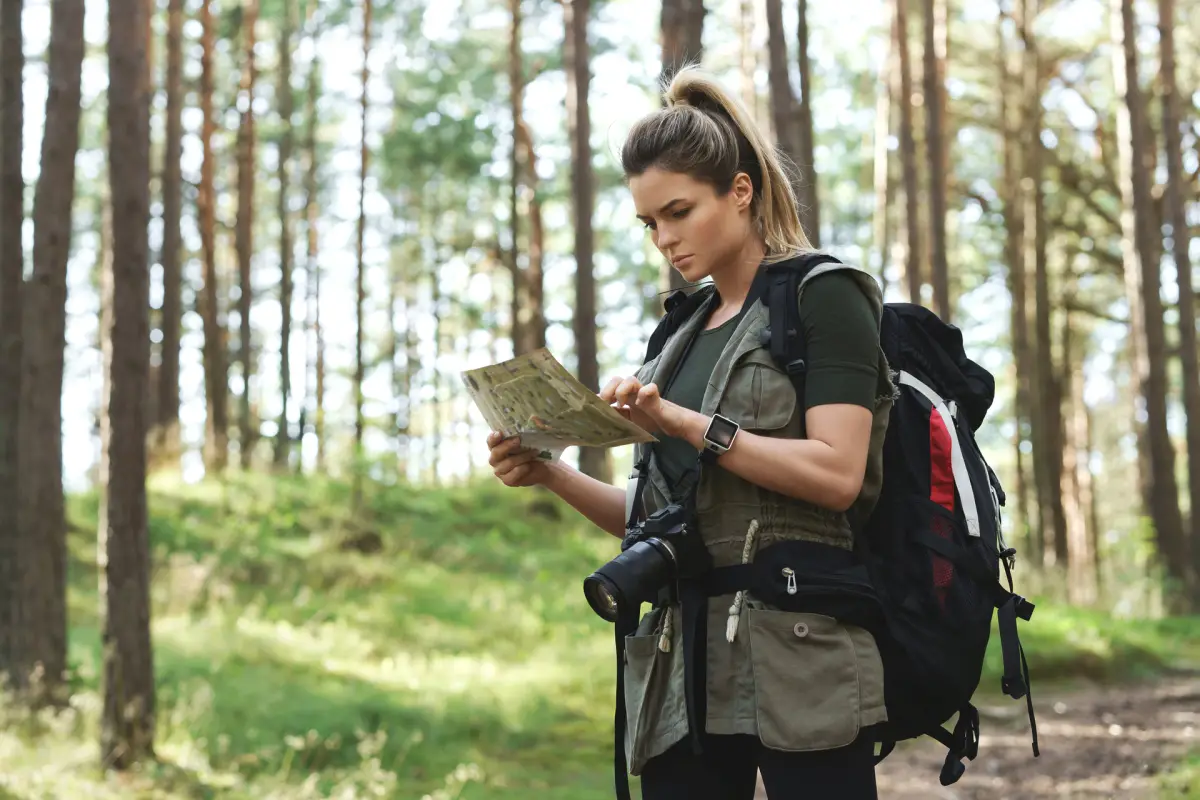

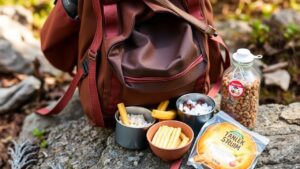
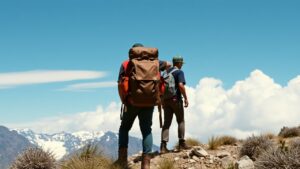


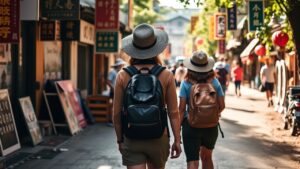
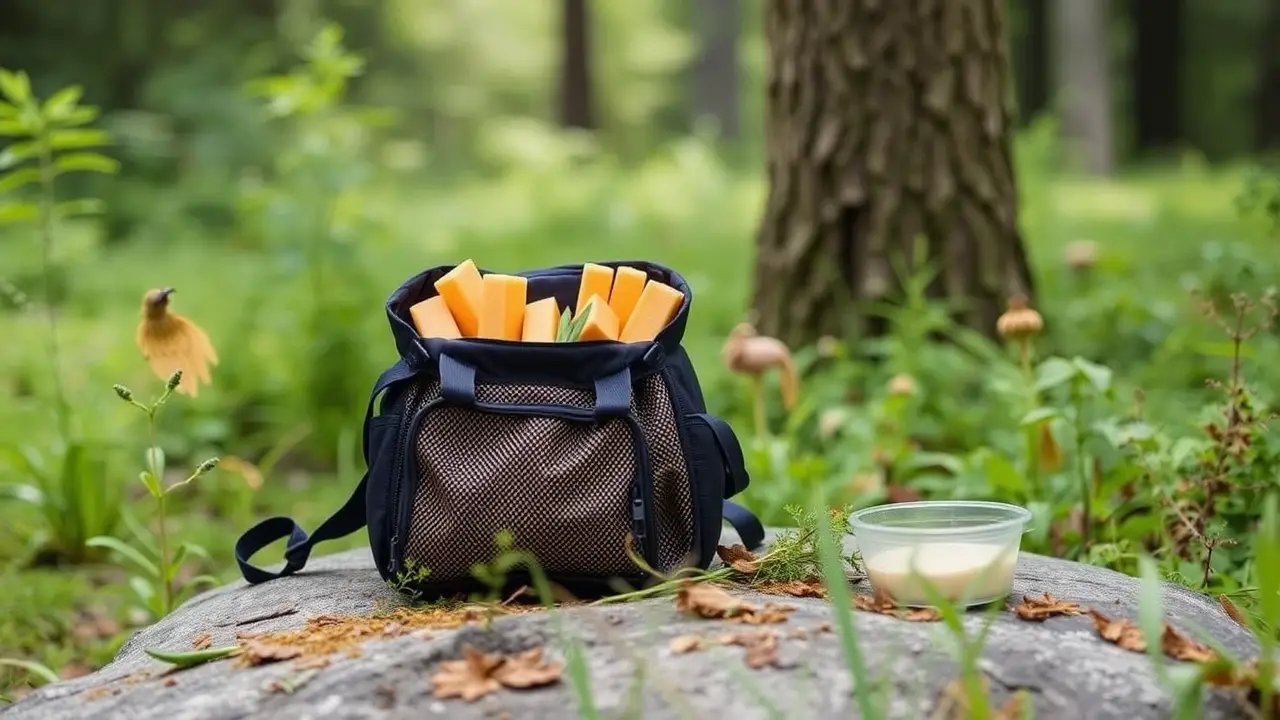
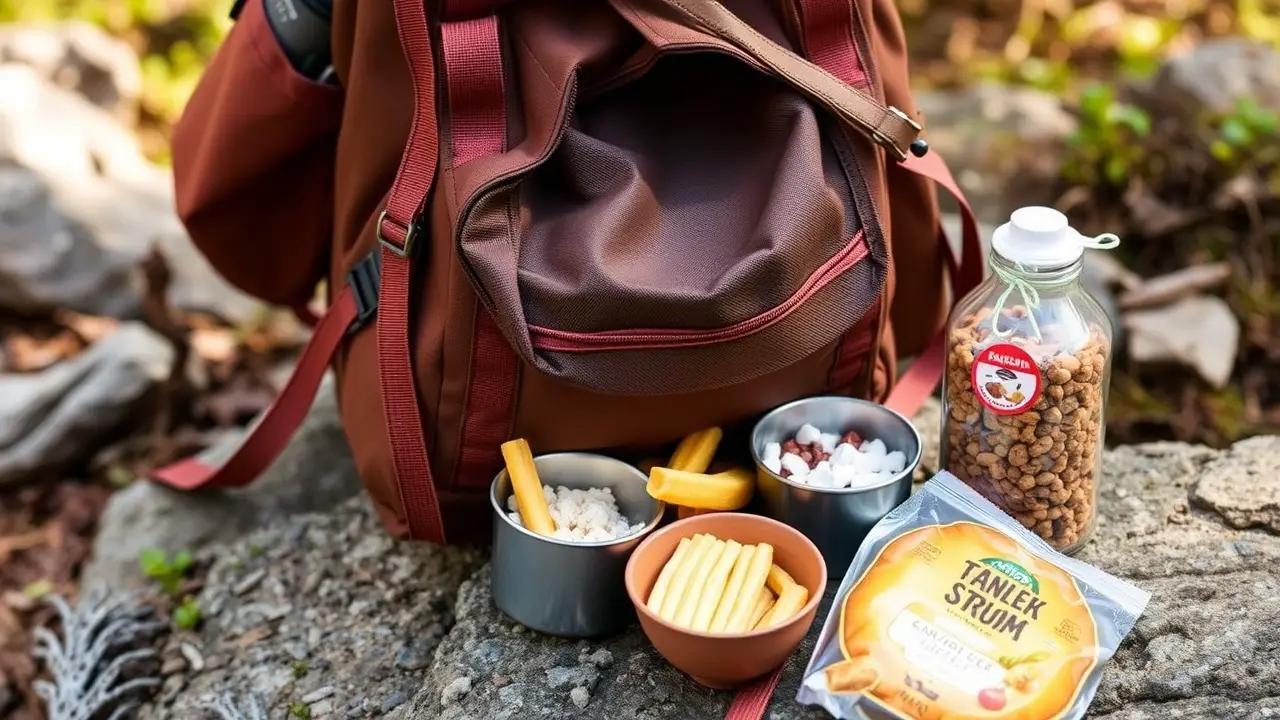
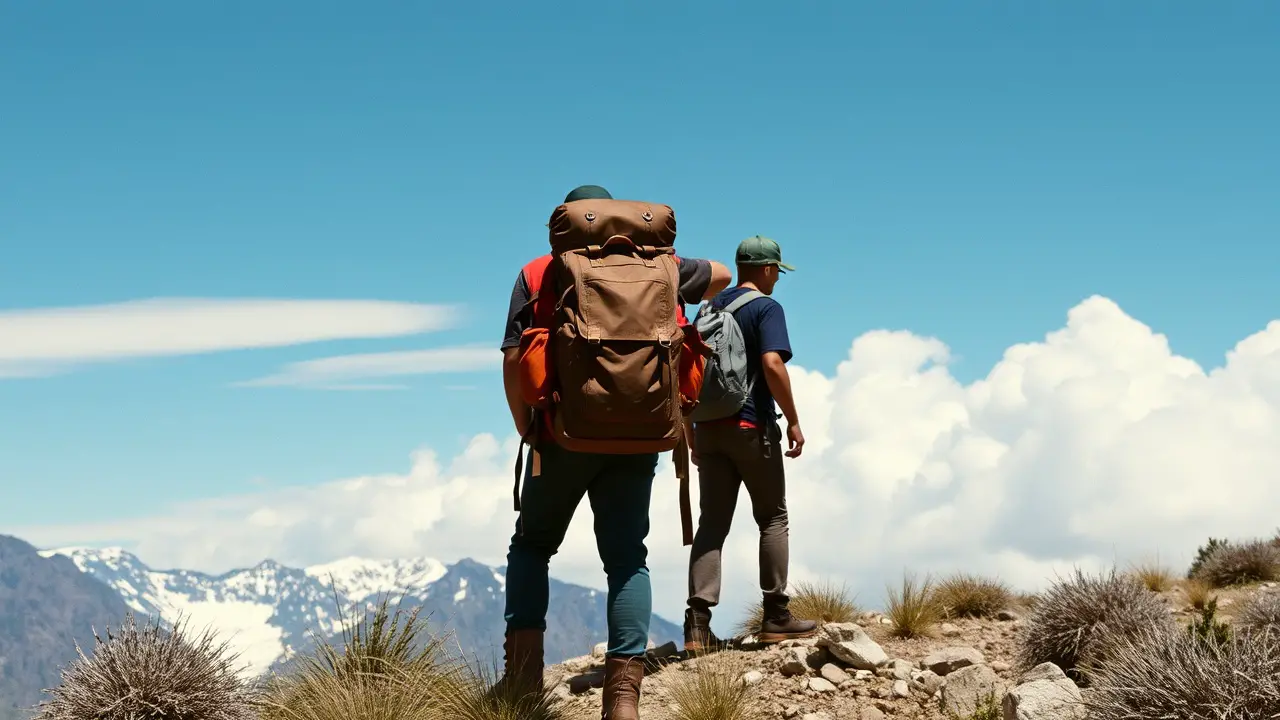
Leave a Reply